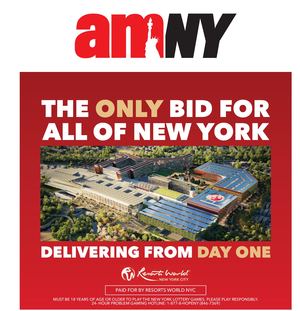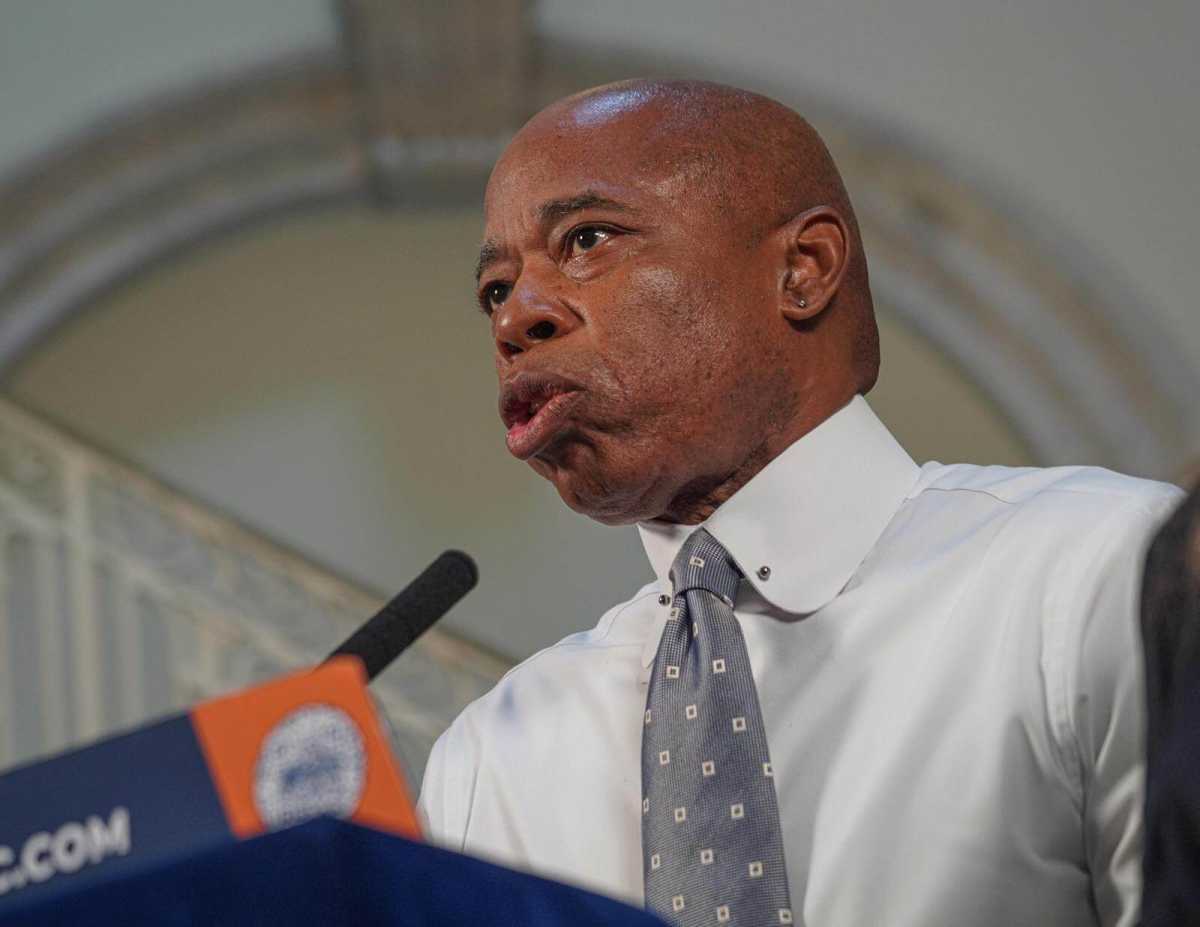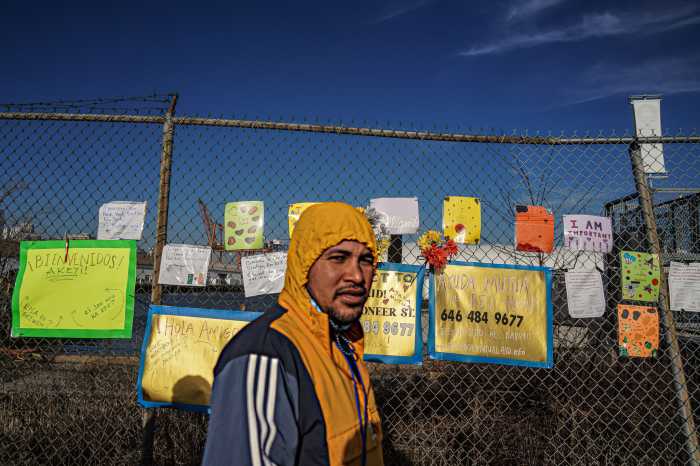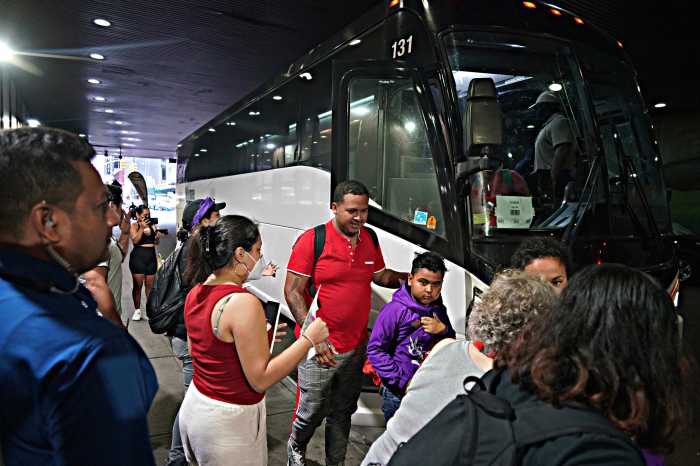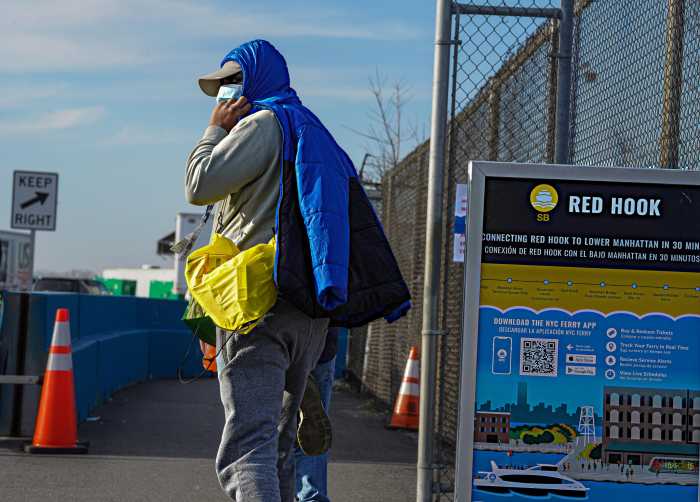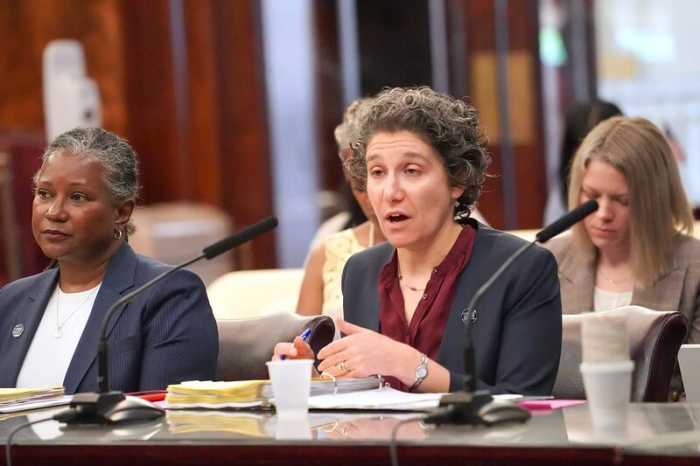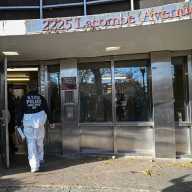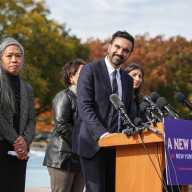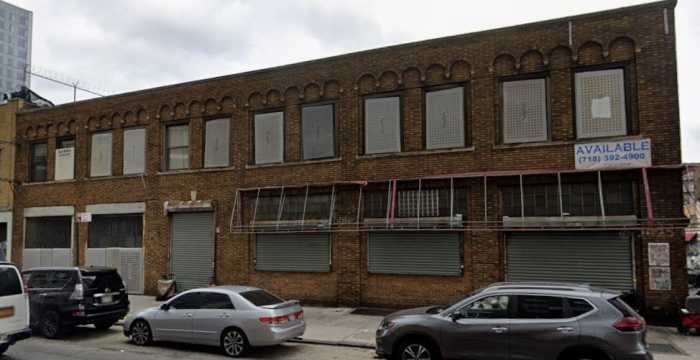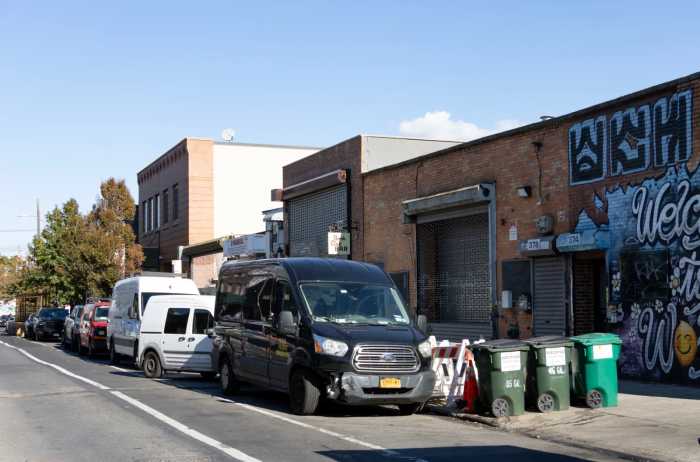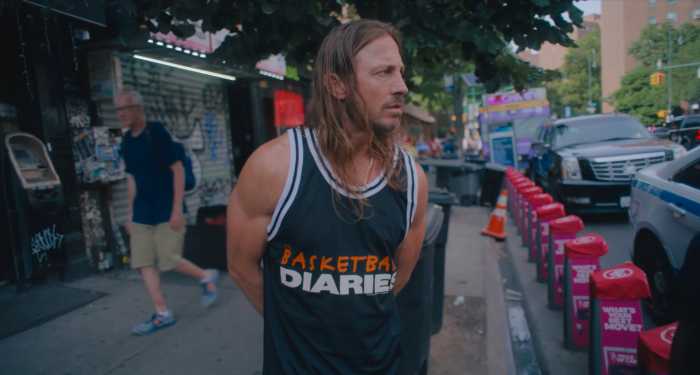With far more migrants than anticipated expected to flood into the Big Apple going forward, Mayor Eric Adams’ administration now expects to shell out as much as $12 billion on the influx by the summer of 2025, the mayor said during a City Hall speech on Wednesday.
The new cost estimate is far higher than the projections cited by Adams’ Office of Management and Budget (OMB) last month, when the city budget was adopted. Previously, the city anticipated spending $4.3 billion on providing shelter and services to asylum seekers through June 30, 2024 — an estimate the mayor believes is likely to balloon to $6.1 billion.
The city has already spent $1.45 billion to accommodate migrants, Adams said, as of the beginning of July.
The mayor also continued his calls for the state and federal governments to help so the city doesn’t have to cover the entire tab. Adams also enumerated a list of demands that he said needed to be fulfilled in order to help the city avoid having to spend $12 billion over the next two years. He has made these pleas to the state and federal government repeatedly over the course of the past year.
Throughout his speech, Adams struck a dire tone, stating a “broken” national immigration system is responsible for the city receiving nearly 100,000 migrants since last year.
“As I declared nearly a year ago, we are facing an unprecedented state of emergency,” the mayor said. “The immigration system in this nation is broken. It has been broken for decades. Today, New York City has been left to pick up the pieces.”
Adams said the city has passed its “breaking point” given the tens of thousands of new arrivals over the past 12 months. He said the city is stretched in terms of providing shelter and social services.
“New Yorkers’ compassion may be limitless, but our resources are not,” he said. “And our partners at the state and federal levels know this. We continue to face impossible decisions about allocating our resources and that means a lose-lose for our most vulnerable New Yorkers, as well as those seeking asylum.”
That breaking point could be seen last week, Adams said, when more than 100 adult male asylum seekers were left to sleep on sidewalks surrounding the city’s migrant intake center at the Roosevelt Hotel in Midtown Manhattan. All of those migrants were either moved inside the Roosevelt or to other shelters by late last week.
“The scenes outside the Roosevelt may sadly become more common if we don’t get the support we need,” he said.
When it comes to the revised cost projections, the mayor said that without more restrictive immigration policies at the southern border, OMB projects the number of migrants arriving in the city to continue to grow significantly through June 30, 2024, to an average of 33,860 households a night. The budget office’s cost projections are based on the number of migrant households in the city’s care, OMB Director Jacques Jiha said during a press conference following the speech.
With the tide of migrants expected to grow dramatically, OMB projects the city will spend $4.7 billion through June 30 next year, up from the $2.9 billion that was included in the city budget. In FY25, the budget office anticipates the price tag to balloon to $6.1 billion.
“There is significant risk that the Census and costs will grow further above the adopted budget trajectory because we’ve seen the census grow, essentially every week since April of 2022. And we don’t have strong reason to believe in the data that the Census is going to suddenly stabilize,” a budget office official said during a virtual briefing on the cost estimates with reporters.
The mayor also made a renewed plea for state and federal resources, listing the tangible ways each level of government can help the city avoid spending the new forecasted amount.
According to the mayor, for Albany, that means compelling other municipalities around the state to shelter some of the migrants currently living in the five boroughs, something many jurisdictions have so far refused to do; funding the opening and operation of more large-scale shelters in the city — on top of two sites the state has already pledged to pay for; and providing more funding in addition the $1 billion for migrant costs included in the state budget.
A Manhattan Supreme Court judge last week ordered the city to send Governor Kathy Hochul’s administration a breakdown of resources it would like the state to provide by Wednesday, with the state given until Aug. 15 to respond. While the mayor said the administration is complying with the order, he defended Hochul over the help she has given the city thus far.
From the White House, Adams said the city needs expedited work permits for migrants; a plan to move newcomers to other locations around the country; the declaration of a national state of emergency; and far more financial aid than the roughly $130 million allocated to the city by the feds so far.
The leadership of the City Council, a body that has been critical of the mayor’s approach to the crisis, appeared to be in agreement that more dramatic state and federal assistance is needed to avoid the projected costs. Council Finance Chair Justin Brannan, in a statement to amNewYork Metro, repeated the mayor’s sentiment that it is “not sustainable” for the city to continue shouldering the crisis on its own.
“New York City cannot handle this on our own – it’s simply not sustainable as city costs continue to rise and migrants lack federal authorization to work so they can contribute to our city and economy,” Brannan said. “Far more substantial state and federal support is needed, as OMB projects higher costs for migrant care than in the FY24 city budget than was adopted over a month ago. The Council is doing our own analysis as we speak. In times of crisis and emergency, we also must allocate resources efficiently and wisely.”
